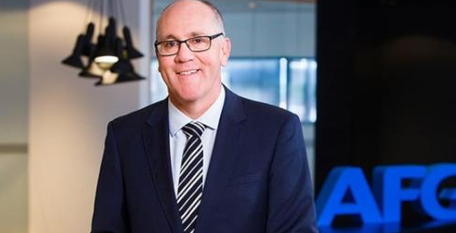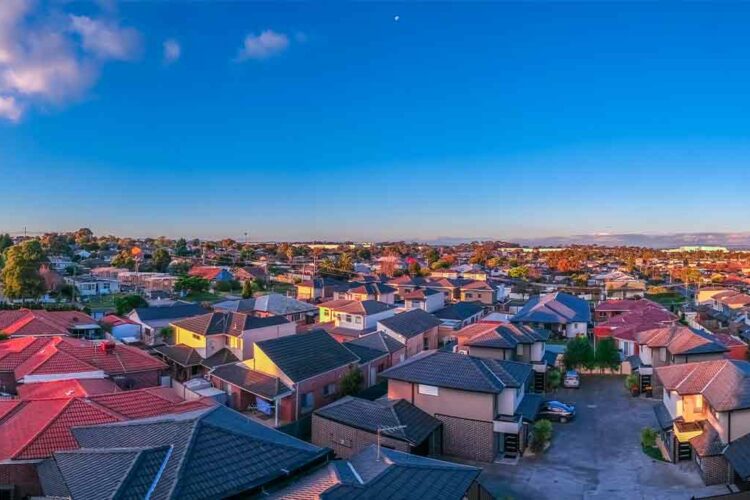Lending for new homes fell over the year to July, with an “overwhelming” majority of variable loans written, CBA data reveals.
The Commonwealth Bank’s (CBA) lending data for July 2022 revealed lending for new housing took a steep fall over the year to July, led by lending to owner-occupiers, lending to purchase existing dwellings, and lending at fixed rates. It also showed business lending had slowed, which came off a period of “strong growth”.
CBA’s figures compare to the Australian Bureau of Statistic (ABS) lending data, which reported a 2 per cent drop in the year to June 2022, which was a stark contrast to the 68 per cent increase in new home loans from June 2020 to July 2021.
As the cash rate is expected to peak around 3 per cent, adding significant costs on Australians’ mortgage repayments, more borrowers have turned to lock in variable rates as fixed rates become significantly more expensive.
According to Lendi’s data, the total repayment difference between a 25-year, $500,000 loan at 2.39 per cent and 3.25 per cent is an extra $66,329.
In addition fixed rate loans have tipped 6 per cent in some cases, which has led an “overwhelming” amount of new borrowers to opt for variable rates, CBA data indicated.
“Variable rates have increased rapidly alongside RBA cash rate hikes, but repayment costs have yet to fully reset higher given the lags in this process,” CBA economist Stephen Wu said.
The sharp fall in new home lending on fixed rates in July was seen across owner-occupier and investor lending.
It comes off the back of Australian locking in fixed-rate loans when the cash rate was at record lows, which will begin to roll over between June 2023 and June 2024, ANZ senior economist Adelaide Timbrell said.
“Many fixed rate loans are fixed for three or four years and when they mature they will roll into higher rates, whether fixed or variable,” Ms Timbrell said.
“That’s when we will start to see the full household cashflow impacts of these rate rises.”
When fixed-rate loans expire, Ms Timbrell said there will be pressure on Australian households.
“This period of time also represents the most risk when it comes to arrears, that is people falling behind in repayments,” Ms Timbrell said.
With ANZ predicting the cash rate will tip 3.35 per cent by the end of this year, mortgage repayment will rise sharply, she said.
“With over half of payments on fixed rate loans rising by over 40 per cent once the fixed rate expires,” Ms Timbrell said.
However, she said given debt is concentrated among high-income households – who are more likely than others to have large savings buffers – many will be able to cushion the increase.
“This will hopefully reduce the risk that people will have to put their house up for sale due to those rising interest rates,” Ms Timbrell said.


